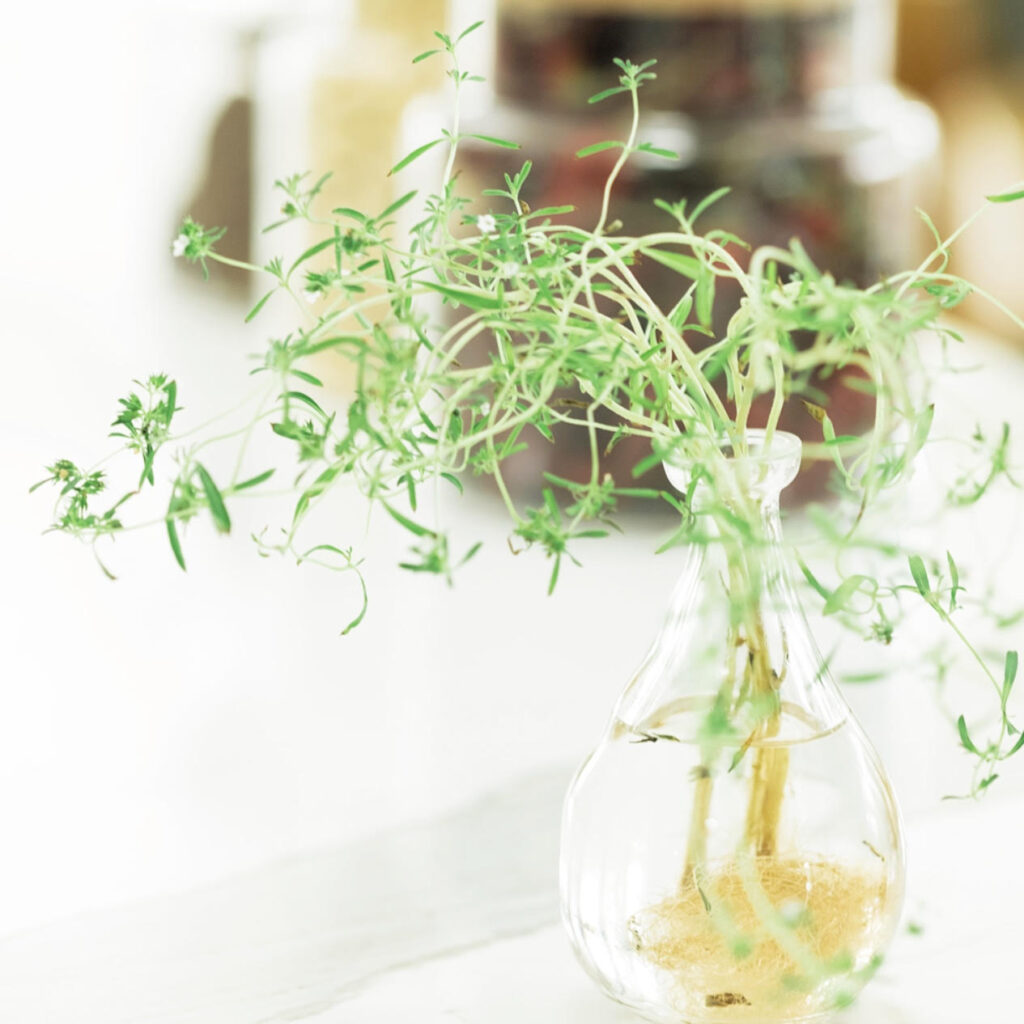
Every one of us are different in so many ways. The way we look, speak, think and behave depends on a lot of factors. But what makes us inherently different?
Today more and more people are curious to learn about their genetic makeup. As a result, DNA testings are now very popular all around the globe. At The Hundred Wellness Centre, we offer a range of highly specialized non-invasive diagnostic tools to analyze your DNA, to receive highly personalized insights into your hormones, metabolism functions and risk factors.
But what can you do with this information? How do you interpret the results and how does it help you lead a better life? In this blog, we will discuss more about our DNA testing methods and how it can be effectively used to get a better understanding of your own body.
Why we recommend DNA testing
Previously, medical and fitness experts provided a general treatment to people who exhibited similar physical discomforts. However, people usually respond differently to external influences such as medicines, supplements, and exercises that are meant to help them lead a healthy life. This eventually leads to the question as to why such a variation exists when it comes to treating and managing similar conditions in different individuals. This is where our DNA comes into play.
DNA is like an all comprised memory chip that has all the genetic information that allows you to function, grow, repair and reproduce. Through DNA testing, experts are now uncovering the basic physical makeup of every one of our patients, which in turn helps our team tailor treatment plans for the individual. Along with factors like age, gender, medical history, and lifestyle indicators, genetic makeup is now taken into consideration to devise a comprehensive health management plan for our patients.
What can be uncovered through DNA testing
There are different variations of DNA tests, which can be used to interpret the unique needs of an individual. At The Hundred Wellness Centre, we have 4 different tests, each of which focuses on a specific area or requirement that needs to be learned.
The DNA health test, for instance, is highly comprehensive and general, covering markers for lipid metabolism, detoxification, inflammation, oxidative stress, insulin sensitivity, methylation bone health and food responsiveness. For individuals suffering from potential metabolic issues, the DNA Diet test explores food responsiveness like lactose intolerance, caffeine sensitivity, salt sensitivity, iron overload, and polyunsaturated fat metabolism. Based on your unique DNA, this test will help in understanding how your diet can impact your health, for better or for worse.
DNA Oestrogen test is focused on uncovering potential issues with estrogen metabolism in your body. According to popular research, high exposure to estrogen in your life can increase the chances of developing breast cancer. The DNA Oestrogen tests for gene variants that impact the processing of estrogen and related compounds to determine whether it’s healthy for your body.
The DNA Fit test is ideal for individuals involved in physical training as the report shows how your DNA impacts your performance in sports or training. The test can give insight into soft tissue remodeling, inflammation, energy production, fuel metabolism, blood flow, and respiration. With the right insights, our experts can personalize a training strategy that optimizes your genetic potential.
In a nutshell, these tests can help experts analyze your genetic makeup and provide information about potential health risks that are influenced by lifestyle, diet, supplements, exercise and social habits. With this information, our experts can recommend the best diet to follow, physical exercises and lifestyle changes that ensures a positive impact and reduce the overall risk of contracting diseases.











